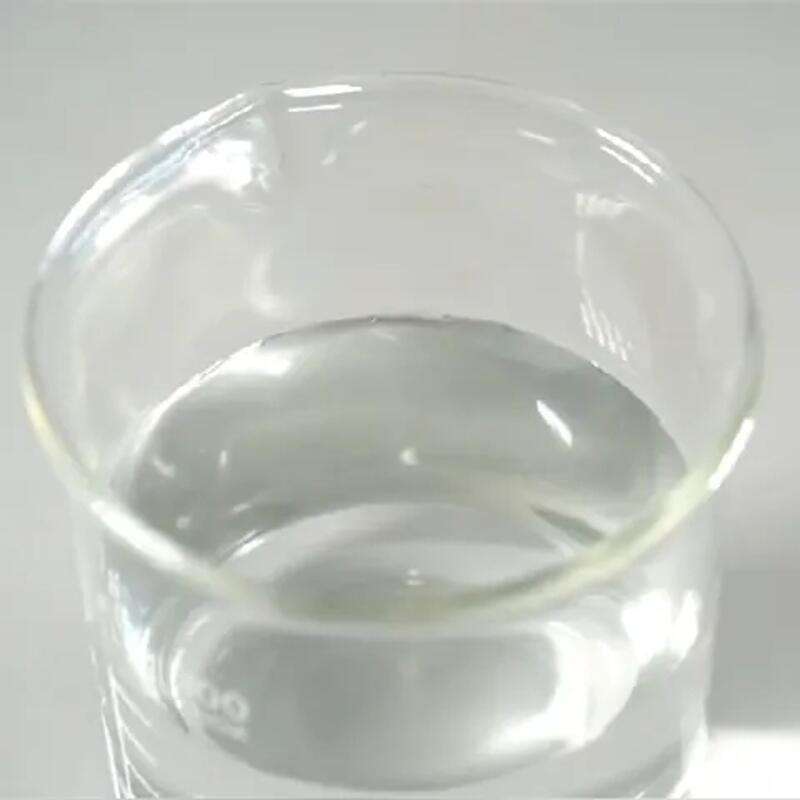-
Categories
-
Pharmaceutical Intermediates
-
Active Pharmaceutical Ingredients
-
Food Additives
- Industrial Coatings
- Agrochemicals
- Dyes and Pigments
- Surfactant
- Flavors and Fragrances
- Chemical Reagents
- Catalyst and Auxiliary
- Natural Products
- Inorganic Chemistry
-
Organic Chemistry
-
Biochemical Engineering
- Analytical Chemistry
-
Cosmetic Ingredient
- Water Treatment Chemical
-
Pharmaceutical Intermediates
Promotion
ECHEMI Mall
Wholesale
Weekly Price
Exhibition
News
-
Trade Service
Salmeterol xinafoate is a synthetic compound that is commonly used in the treatment of respiratory conditions such as asthma and chronic obstructive pulmonary disease (COPD).
It is a long-acting beta-2 agonist (LABA) that works by relaxing the smooth muscle around the airways, allowing for easier breathing.
In the chemical industry, salmeterol xinafoate is used as an intermediate in the production of other chemicals and pharmaceuticals.
The upstream and downstream products of salmeterol xinafoate can be broadly classified into the following categories:
Upstream Products:
The upstream products of salmeterol xinafoate are the raw materials required for its production.
The most common upstream products for salmeterol xinafoate are xinafoate sulfonate, salicylate, and coumarin.
Xinafoate sulfonate is an organic compound that is used as a reagent in organic synthesis.
It is a yellowish solid that is soluble in water and other organic solvents.
Salicylate, on the other hand, is a naturally occurring compound that is found in a variety of plants, fruits, and spices.
It is used as a starting material for the production of aspirin and other pharmaceuticals.
Coumarin is another organic compound that is widely used as a fragrance ingredient and as a intermediate in the production of other chemicals.
Downstream Products:
The downstream products of salmeterol xinafoate are the end products that are derived from it.
The most common downstream products of salmeterol xinafoate are pharmaceutical formulations, such as inhalers and nebula solutions, that are used in the treatment of respiratory conditions.
In addition to its use in pharmaceuticals, salmeterol xinafoate is also used as a starting material in the production of other chemicals, such as dyes, fragrances, and flavorings.
It is also used as a research reagent in biochemical studies and as an intermediate in the production of other LABAs.
The production of salmeterol xinafoate involves several steps, including synthesis, purification, and formulation.
The synthesis of salmeterol xinafoate typically involves the reaction of xinafoate sulfonate with salicylate in the presence of a strong acid catalyst, such as sulfuric acid.
The product is then purified through a series of chromatographic techniques, such as high-performance liquid chromatography (HPLC), to remove impurities and ensure its purity.
Once the salmeterol xinafoate has been synthesized and purified, it is formulated into a variety of pharmaceutical products, such as inhalers, nebula solutions, and tablets.
The formulation process involves the addition of other ingredients, such as excipients and preservatives, to create a stable and effective pharmaceutical product.
In conclusion, salmeterol xinafoate is a synthetic compound that is used in the treatment of respiratory conditions.
It is also used as an intermediate in the production of other chemicals and pharmaceuticals.
Its production involves several steps, including synthesis, purification, and formulation, and the upstream and downstream products of salmeterol xinafoate include xinafoate sulfonate, salicylate, coumarin, pharmaceutical formulations, dyes, fragrances, and flavorings.







